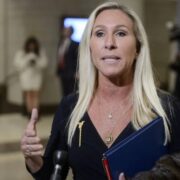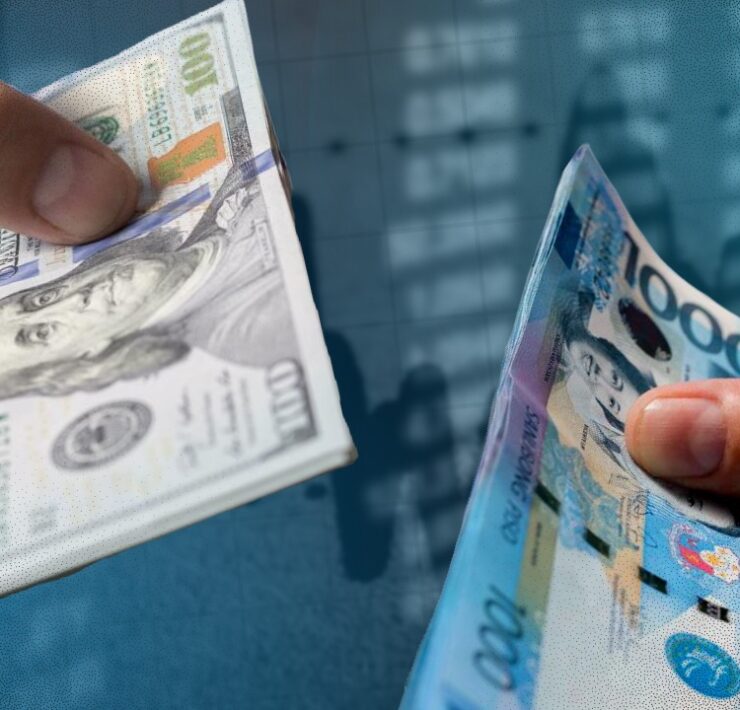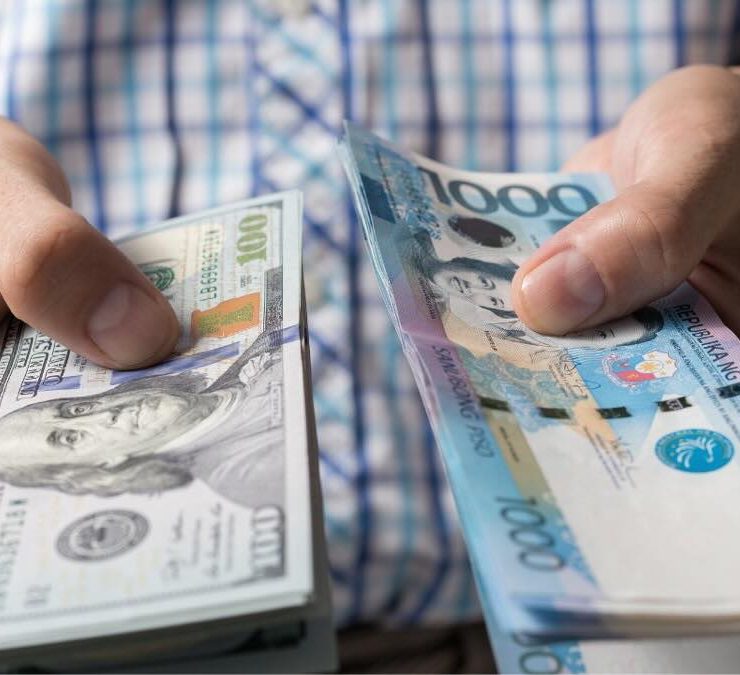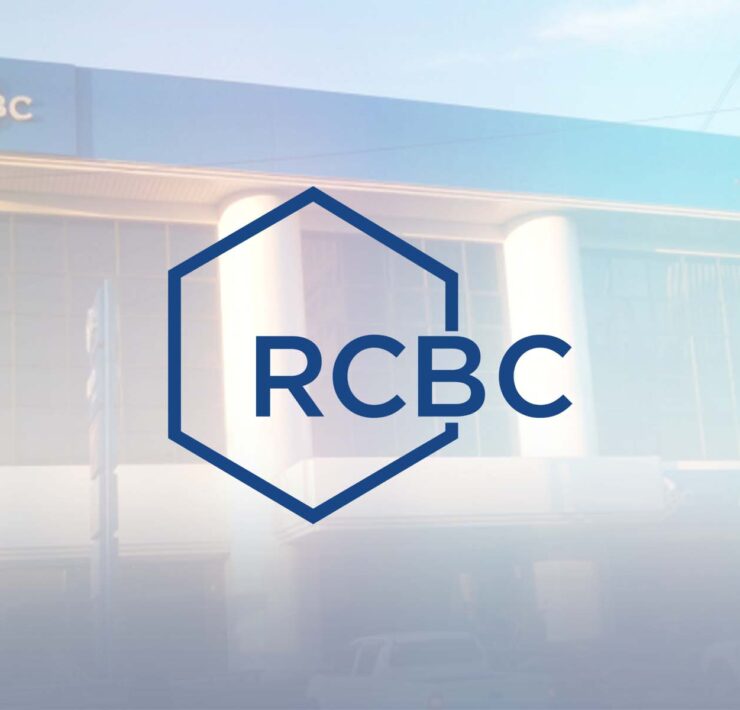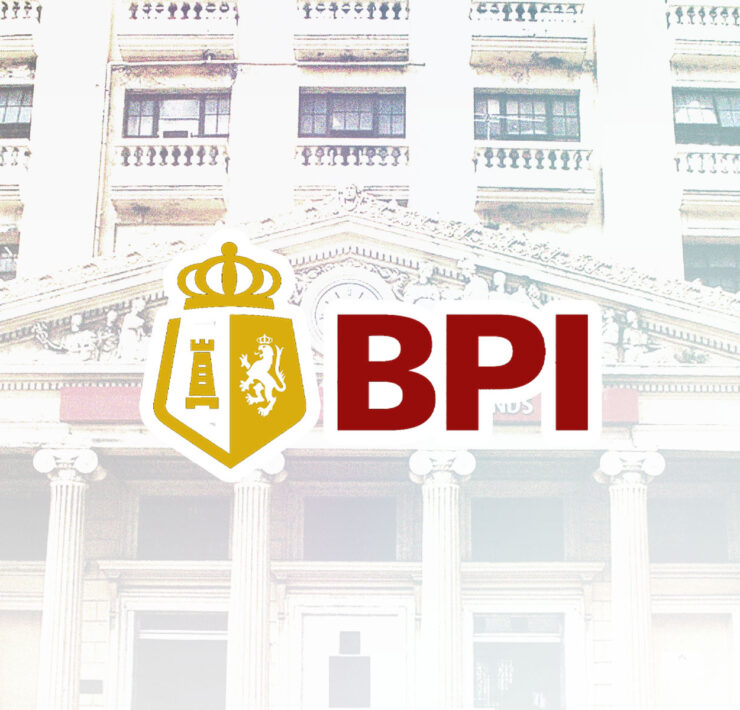PH loan growth revved up in July, fastest in nearly 2 years
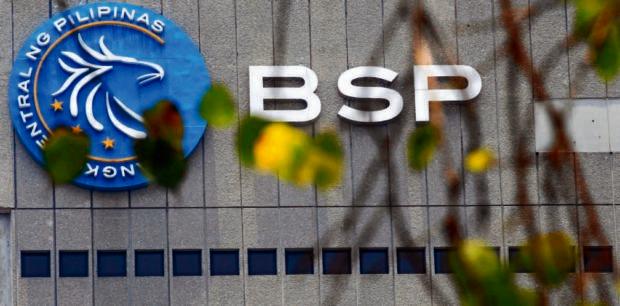
Bank lending grew at its fastest pace in almost two years in July, thanks to improvement in business appetite for loans that offset a slower expansion in consumer credit, the Bangko Sentral ng Pilipinas (BSP) reported.
BSP data showed outstanding loans of big banks, excluding their lending to each other, went up by 10.4 percent year-on-year to P12.14 trillion in July, slightly quicker than the 10.1-percent growth in June.
That was the fastest loan growth recorded since December 2022. On a month-on-month basis, bank lending inched up by 0.8 percent.
As a result, more money circulated in the local economy. A separate BSP report showed M3, the broadest measure of domestic liquidity, grew by 7.2 percent year-on-year in July to about P17.5 trillion, brisker than the 6.6-percent pace in June.
Production activities
Figures showed outstanding loans to businesses to finance various production activities rose by 8.8 percent to P10.37 trillion, better than the 8.8-percent growth in the preceding month. This was driven by faster bank lending to companies engaged in real estate, scientific activities, manufacturing, transportation and storage, and wholesale and retail trade.
That performance helped cushion a slowdown in growth of household loans, which eased to 24.3 percent to P1.42 trillion in July, from 25 percent in the preceding month. Data from the BSP showed demand for credit card, motor vehicle loans and salary-based loans weakened during the month amid a high interest rate environment.
Michael Ricafort, chief economist at Rizal Commercial Banking Corp., said the rate cuts of the BSP and expected reduction in the reserve requirement ratio of banks would help boost credit growth, which would be supportive of the economy.
“Going forward, lower local interest rates would fundamentally help further stimulate faster growth in the demand for loans,” Ricafort said in a commentary.
Easing cycle
At its Aug. 15 meeting, the policymaking Monetary Board (MB) slashed the key rate of the BSP by 25 basis points (bps) to 6.25 percent, kicking off an easing cycle meant to give the economy a nice shot in the arm amid anemic consumption.
Banks use the BSP’s benchmark rate as a guide when charging interest rates on loans. By bringing down borrowing costs, the BSP wants to encourage bank lending to boost consumer spending and investments.
BSP Governor Eli Remolona Jr. said the MB would aim for a “calibrated” shift to a less restrictive monetary policy stance. That means the market can expect a “gradual” easing cycle, with Remolona floating the possibility of another 25-bp reduction either at the Oct. 17 or Dec. 19 rate-setting meeting of the MB.
“Thus, still relatively faster loans growth vis-a-vis GDP (gross domestic product) growth would continue to be a bright spot for the economy,” Ricafort said.






